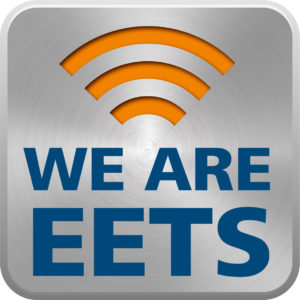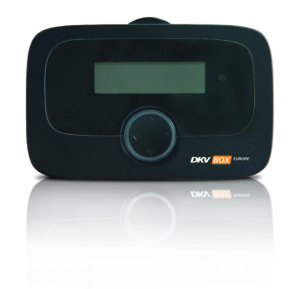This is the year of the envisaged ‘one toll box for all Europe’. This is because the effects of Directive 2004/52/EC of the European Union on the interoperability of electronic road toll systems in the Community become visible in practice. This blog presents a summary of all facts regarding EETS.
What is EETS?
EETS stands for European Electronic Toll Service. It is based on Directive 2004/52/EC of the European Parliament and Decision 2009/750/EC of the European Commission on alignment of the diverse toll charging systems for road transport within the European Union. Interested parties in EETS on the one hand are the toll charging authorities who manage the infrastructure on behalf of a member-state and collect tolls that are charged on the use of this network. On the other hand we see the providers of equipment and services enabling transport companies the use of this network and the toll payments involved. Thanks to EETS, these companies will in the end dispose of one interoperable toll box for settlement of all European toll charges.
How exactly does EETS function?
EETS comprises directives on individual countries and toll box providers. As soon as these directives are conformed to, parties concerned have complied with the EETS-regulation. For member-states who wish to be EETS-compliant – not mandatory by the way – this means, among other things, that their toll charges must be calculated within a prescribed technical framework, which in turn implies that tolls must be charged on the basis of the distance covered, as is the case with GPS-tolls or RFID-transponders; not based on time, the working principle of toll vignettes. Countries will also be required to comply with the implementation demands of the Directive, including for instance a register for the EETS-providers and EETS toll domains established in the country concerned. Toll box providers will also be required to conform to several directives, like one contract, one OBU and one invoice. Among the consequences for these parties there is the requirement for them to develop one interoperable toll box fit for use of the diverse technologies allowed by the member-states, namely GNSS and DSRC, and the requirement for them to register in order to become a recognized EETS provider.
State of affairs in April 2018: which countries are EETS-ready?
Belgium, Austria, France, Spain, Portugal, Italy and the A4 in Poland are EETS-ready. This means that providers of EETS-compliant toll boxes can now – or in a not too distant future – enable payment of toll charges while using one interoperable EETS-toll box. Since Germany and Poland have so far failed to come up with a binding commitment by the toll providers on the application of the EETS-regulation, it is still uncertain when toll registration and settlement via an EETS-OBU can be offered for these countries as well. DKV however expects that countries that still are not EETS-ready will in the end apply the EETS-regulations as well.
And how about the Netherlands?
The Netherlands has in fact conformed to the implementation demands prescribed in the Directive, like registration of the EETS-providers established in the Netherlands (registration in the country of establishment). A register has also been introduced for EETS-providers and the EETS-toll domains in the Netherlands, but this register has had no entries so far. The two operational toll connections known in the Netherlands, the Westerscheldetunnel and the Kiltunnel, do not as yet qualify as toll domains according to the current EETS-directive. In addition, the Netherlands still applies toll vignettes, while in its agreement, the current Dutch coalition has included its commitment on toll-charging based on distance (kilometre charge) as opposed to its current pendant of time-based toll settlement. The exact implementation date is uncertain however, and might even stretch beyond 2023.
The state of affairs in April 2018: which providers are EETS-ready?
There are various providers who conform to the ‘one box, one contract, one invoice’ requirement, who are EETS-certified or acquire their toll boxes from a certified EETS-provider. Right now, or in the very near future, these parties are coming up with an interoperable box covering the whole of the EU. You, for instance, will be able to register for our uniform toll box named DKV BOX EUROPE in a few weeks from now. However, it is a fact that boxes are offered within this group that are (very) diverse as regards their technical specifications. So it is important for you to ascertain if the party you wish to employ is EETS-compliant and to find out if the (technical) specifications of the box are future-proof. More about this in a following blog.
 DKV BeNeLux You drive, we care
DKV BeNeLux You drive, we care


